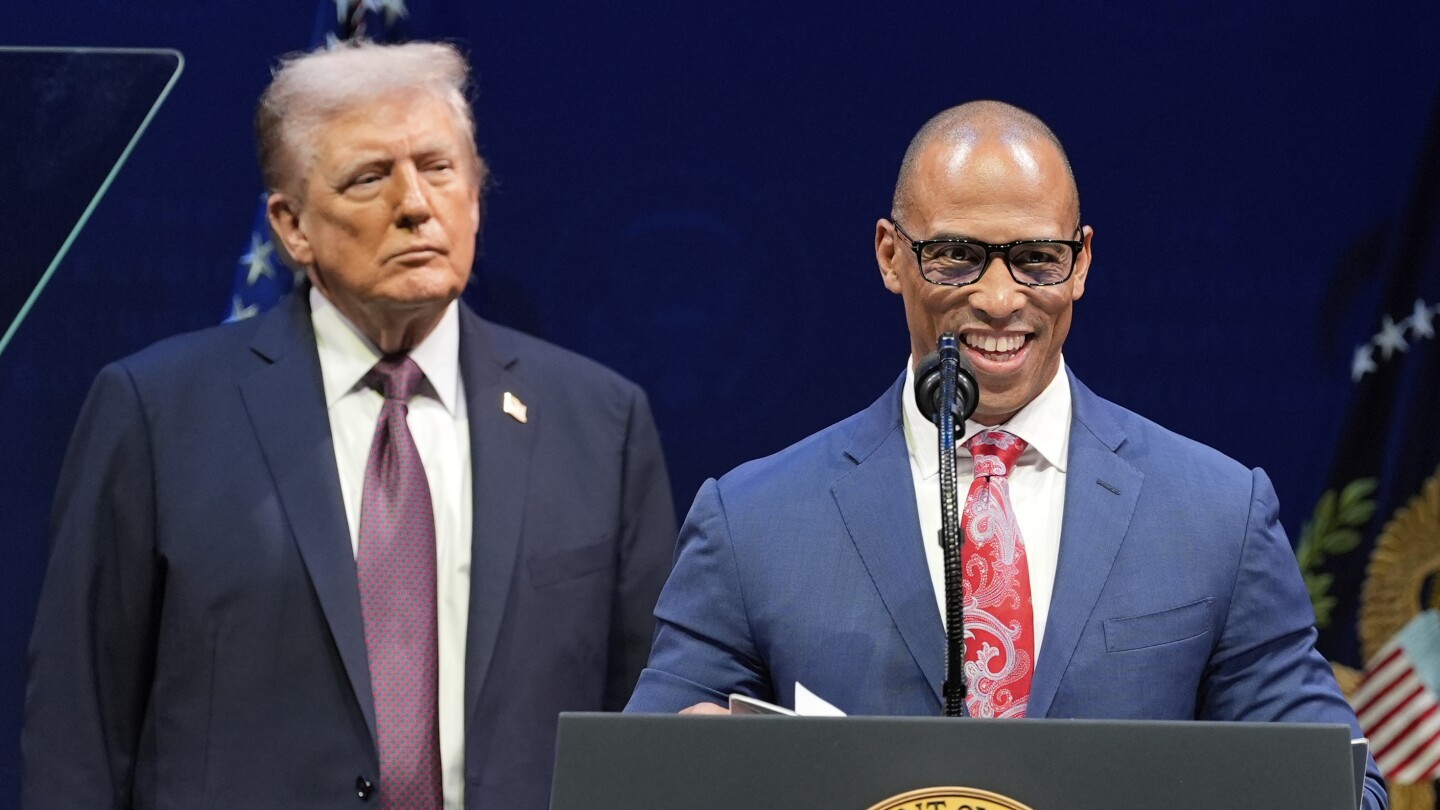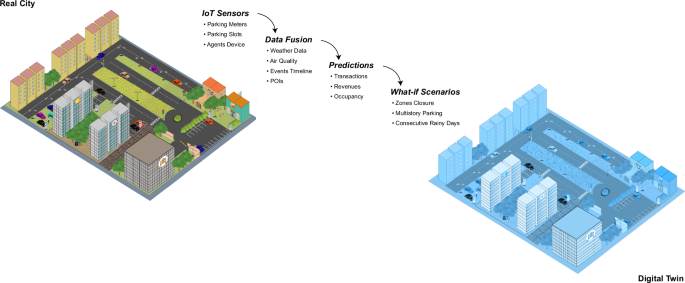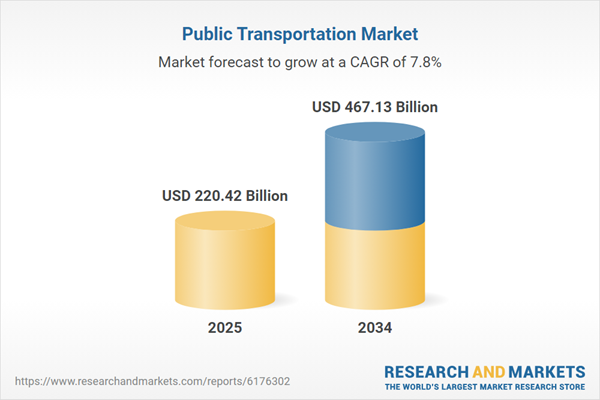Report on U.S. Housing Policy and its Implications for Sustainable Development Goals
Executive Summary
Recent policy and staffing changes within the U.S. Department of Housing and Urban Development (HUD), specifically its Office of Fair Housing and Equal Opportunity (FHEO), present significant challenges to the advancement of several key Sustainable Development Goals (SDGs). Substantial personnel reductions and a narrowing of enforcement priorities threaten to undermine the office’s capacity to combat housing discrimination, directly impacting goals related to inequality, sustainable communities, and institutional justice.
Impact on SDG 10: Reduced Inequalities
The actions taken by HUD directly conflict with the objectives of SDG 10, which aims to reduce inequality within and among countries. The weakening of fair housing enforcement exacerbates disparities for protected groups.
- Personnel Reduction: The FHEO, which began the year with approximately 600 employees, is projected to lose up to two-thirds of its staff following a voluntary retirement program and proposed layoffs. This severely diminishes the human resources available to investigate and act on discrimination claims.
- Shift in Enforcement Priorities: A September 16 memo directed staff to deprioritize “disparate impact” cases, which address policies that, while seemingly neutral, result in unequal outcomes for protected groups. The new focus is solely on “intentional segregation.”
- Consequences for Vulnerable Groups: This policy shift and lack of enforcement capacity disproportionately affect groups protected by the Fair Housing Act, including racial minorities, families with children, and people with disabilities, thereby deepening existing inequalities in housing access.
Implications for SDG 11: Sustainable Cities and Communities
The erosion of fair housing enforcement jeopardizes the achievement of SDG 11, particularly Target 11.1, which calls for access to adequate, safe, and affordable housing for all.
- Barriers to Access: Ineffective enforcement of anti-discrimination laws allows discriminatory barriers to persist, preventing equitable access to housing and contributing to less inclusive and sustainable communities.
- Diminished Regional Capacity: The concentration of layoffs in regional offices and the centralization of the complaint filing process remove localized expertise. This hinders the ability of individuals to engage with officials who understand their community’s specific circumstances, making it more difficult to resolve local housing disputes.
Challenges to SDG 16: Peace, Justice, and Strong Institutions
The developments at HUD represent a weakening of a key governmental institution, undermining the principles of SDG 16, which promotes access to justice and effective, accountable institutions.
- Erosion of Institutional Capacity: The drastic staff cuts cripple the FHEO’s ability to fulfill its legal mandate to enforce the Fair Housing Act, weakening a critical institution designed to provide justice for victims of discrimination.
- Limited Access to Justice: Experts predict that the lack of manpower will cause cases to “grind to a halt” or be closed without meaningful action, effectively denying justice to individuals who have experienced housing discrimination.
- Lack of Accountability: Lawmakers, including Senator Elizabeth Warren and Representative Maxine Waters, have formally requested testimony from HUD leadership, citing a “failure to enforce fair housing and civil rights laws” and an alleged effort to “dismantle decades of progress,” which runs contrary to the development of accountable and transparent institutions.
Analysis of Sustainable Development Goals in the Article
1. Which SDGs are addressed or connected to the issues highlighted in the article?
-
SDG 10: Reduced Inequalities
- The article’s central theme is the fight against housing discrimination, which is a direct manifestation of inequality. It highlights how cuts to the Office of Fair Housing and Equal Opportunity (FHEO) undermine the protection of vulnerable groups, such as “Black and Latino renters, families with children and people with disabilities,” thereby exacerbating inequality in access to housing.
-
SDG 11: Sustainable Cities and Communities
- This goal aims to make cities and human settlements inclusive, safe, resilient, and sustainable. Fair housing is a cornerstone of an inclusive community. The article warns that the failure to enforce fair housing laws could lead to “rampant discrimination” and hinder efforts to combat “intentional segregation,” directly opposing the goal of creating inclusive living environments for all.
-
SDG 16: Peace, Justice and Strong Institutions
- This goal focuses on building effective, accountable, and inclusive institutions. The article details the weakening of a key government institution, HUD’s FHEO, through significant staff reductions. It describes how the department is “actively undermining its own ability to enforce fair housing laws,” which is a “legal obligation.” This erosion of institutional capacity and failure to uphold the law is a direct challenge to the principles of SDG 16.
2. What specific targets under those SDGs can be identified based on the article’s content?
-
Target 10.3: Ensure equal opportunity and reduce inequalities of outcome, including by eliminating discriminatory laws, policies and practices.
- The article is entirely focused on the enforcement of the Fair Housing Act, a law designed to eliminate discriminatory practices. The decision to “deprioritize disparate impact cases,” which address policies that result in unequal treatment, and the overall reduction in enforcement capacity directly threaten the achievement of this target.
-
Target 11.1: By 2030, ensure access for all to adequate, safe and affordable housing.
- Access to housing is not merely about availability but also about the ability to secure it without facing discrimination. The article states that the failure to enforce fair housing laws leaves “millions of Americans at risk of rampant discrimination in housing and mortgage lending,” which is a fundamental barrier to ensuring “access for all.”
-
Target 16.6: Develop effective, accountable and transparent institutions at all levels.
- The article provides a clear example of an institution being made less effective. The FHEO, which started the year with 600 employees, is projected to lose “about two-thirds of its personnel.” This drastic staff reduction, described as “slashed,” severely hinders the office’s ability to function effectively and fulfill its “core statutory mission.”
-
Target 16.b: Promote and enforce non-discriminatory laws and policies for sustainable development.
- This target is directly addressed. The article discusses the failure of HUD to uphold its “legal obligation” to enforce the Fair Housing Act, a key non-discriminatory law. The memo directing staff to deprioritize certain cases and the overall staff cuts are explicit examples of a failure to “promote and enforce” these critical policies.
3. Are there any indicators mentioned or implied in the article that can be used to measure progress towards the identified targets?
-
Institutional Capacity and Staffing Levels
- The article provides concrete numbers that serve as a direct indicator of institutional strength. It mentions the FHEO started with “about 600 employees,” and that planned cuts would terminate “77% of staff.” The reduction from 600 employees to a significantly lower number is a quantifiable measure of the decline in the institution’s capacity to enforce laws (relevant to Target 16.6).
-
Number and Type of Cases Investigated
- The article implies a change in enforcement metrics. It notes that cases are expected to “slow down” and “grind to a halt,” and that the office will “look for reasons to close cases without really doing anything meaningful.” Furthermore, the memo directing staff to “deprioritize disparate impact cases” in favor of only “intentional segregation” cases is a qualitative indicator of a shift in enforcement priorities (relevant to Targets 10.3 and 16.b).
-
Accessibility of Complaint Mechanisms
- The article mentions a change in process: “Instead of being able to file a complaint to a field office, the complaints go to a central office.” This centralization and the loss of regional offices, which provided local expertise, can be seen as an indicator of reduced accessibility and effectiveness of the justice system for victims of housing discrimination (relevant to Targets 11.1 and 16.6).
4. Summary Table of SDGs, Targets, and Indicators
| SDGs | Targets | Indicators (as identified in the article) |
|---|---|---|
| SDG 10: Reduced Inequalities | 10.3: Ensure equal opportunity and reduce inequalities of outcome, including by eliminating discriminatory laws, policies and practices. |
|
| SDG 11: Sustainable Cities and Communities | 11.1: By 2030, ensure access for all to adequate, safe and affordable housing. |
|
| SDG 16: Peace, Justice and Strong Institutions |
16.6: Develop effective, accountable and transparent institutions at all levels.
16.b: Promote and enforce non-discriminatory laws and policies for sustainable development. |
|
Source: notus.org






